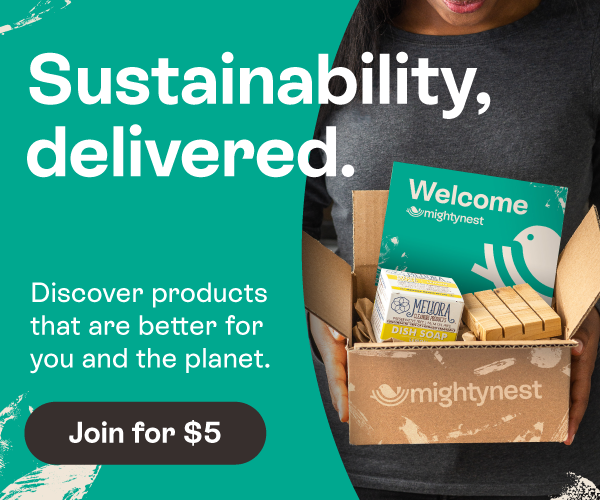Five ways to reduce toxins in food

By now, most of us have a pretty good idea of how to avoid toxins in fresh food. Choosing organic when possible, and avoiding the dirty dozen when you buy conventional produce, is an excellent start.
What can be more challenging is avoiding the toxins often added to food during processing and packaging. This can happen at so many points along the sometimes long journey food takes from farm to table. Researchers recently found almost two hundred chemicals of concern being used in common food contact materials in the U.S. From the plastic it’s bagged and wrapped in, to the processor it’s chopped up in, to the container you store leftovers in at home. Things your food comes in contact with on the way to your table has the potential to make it less healthy.
Dr. Laurel Standley, an author and scientist with a passion for creating a sustainable, nontoxic world, offers five simple guidelines to minimizing the toxins in the food you serve your family:
- Choose fresh, organic food whenever possible to reduce exposure to pesticides, chemical fertilizers, and GMO’s.
- Avoid processed and packaged food, including canned foods and beverages.
- Prepare food in stainless steel, glass, cast iron and ceramic. Avoid nonstick pans, and plastic cutting boards, containers and utensils.
- Use glass, ceramic or stainless steel for consuming and storing food. Avoid plastic containers, dishes, drinkware, and utensils.
- Minimize consumption of animal fats (meat, cheese, and butter), as they can accumulate toxins like PCBs and dioxins. Avoid char on food since studies have shown it to be highly carcinogenic.
For more details and resources, read Dr. Standley's full post on Eating Rules. And shop MightyNest for glass and stainless steel alternatives you can trust are free from harmful toxins.

